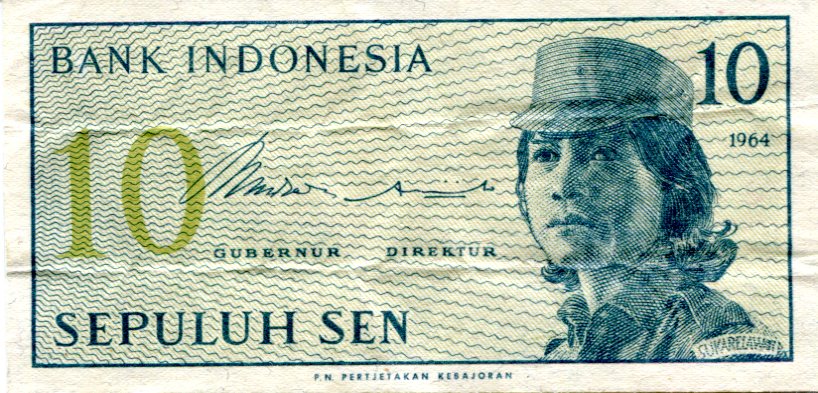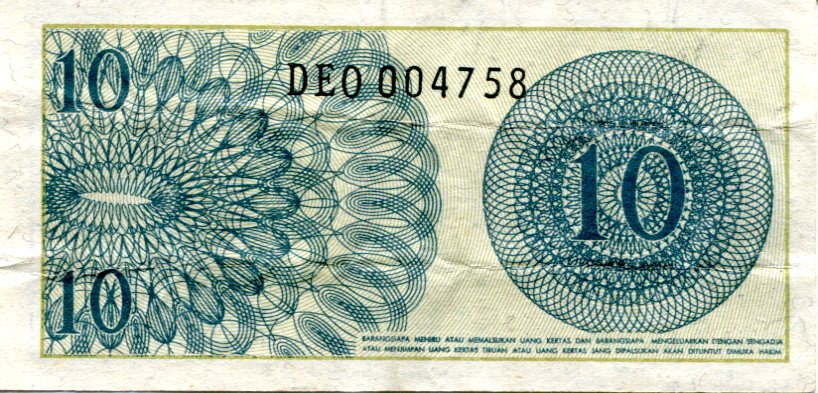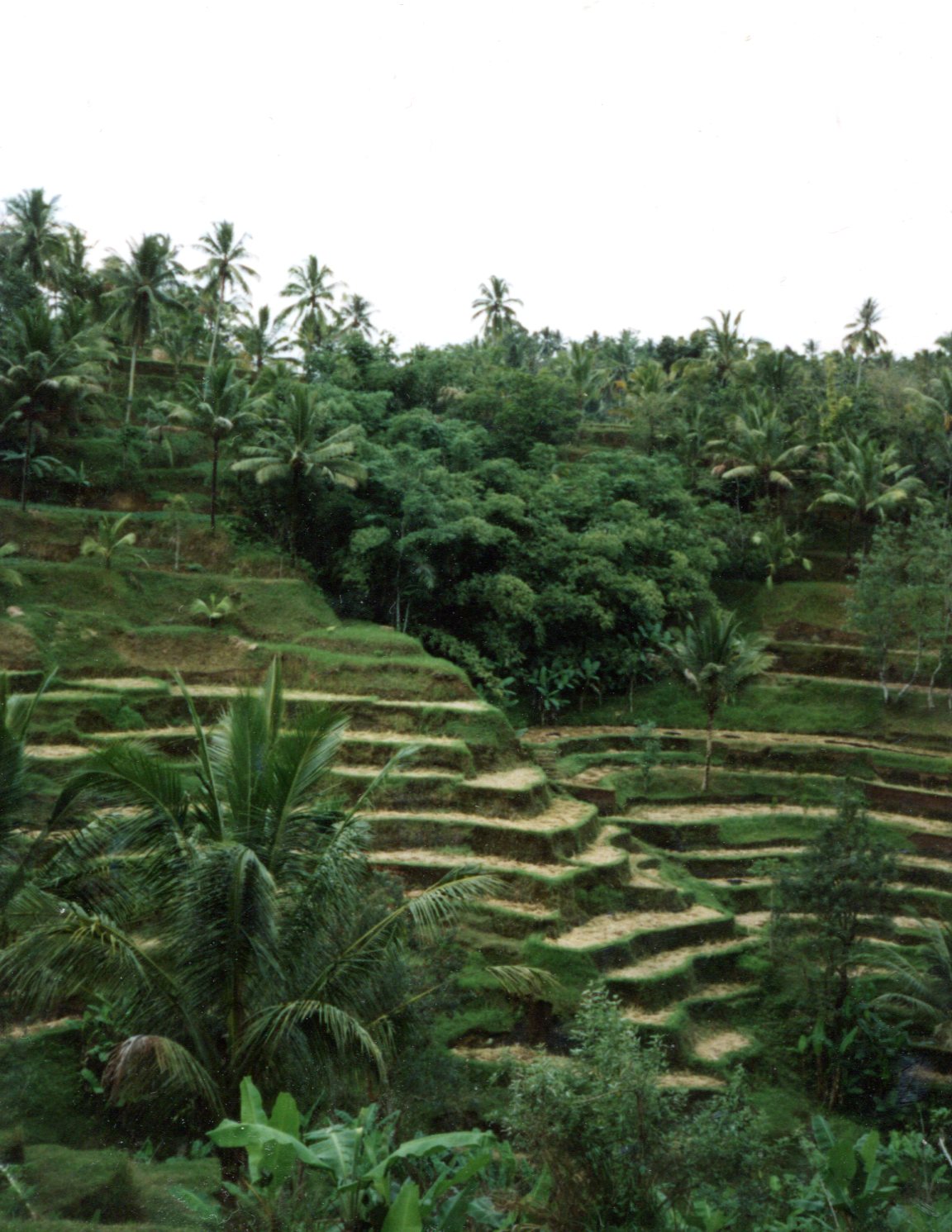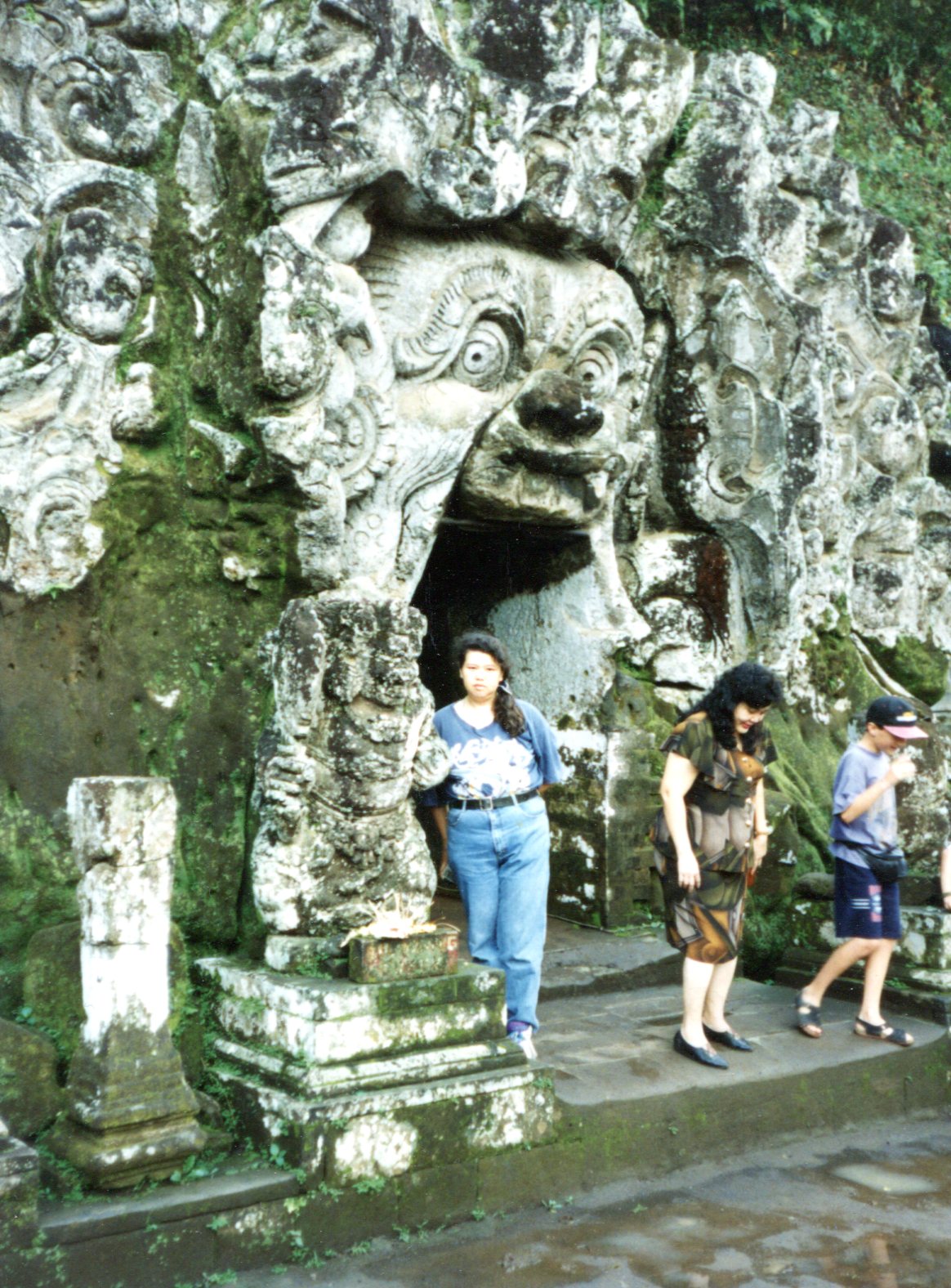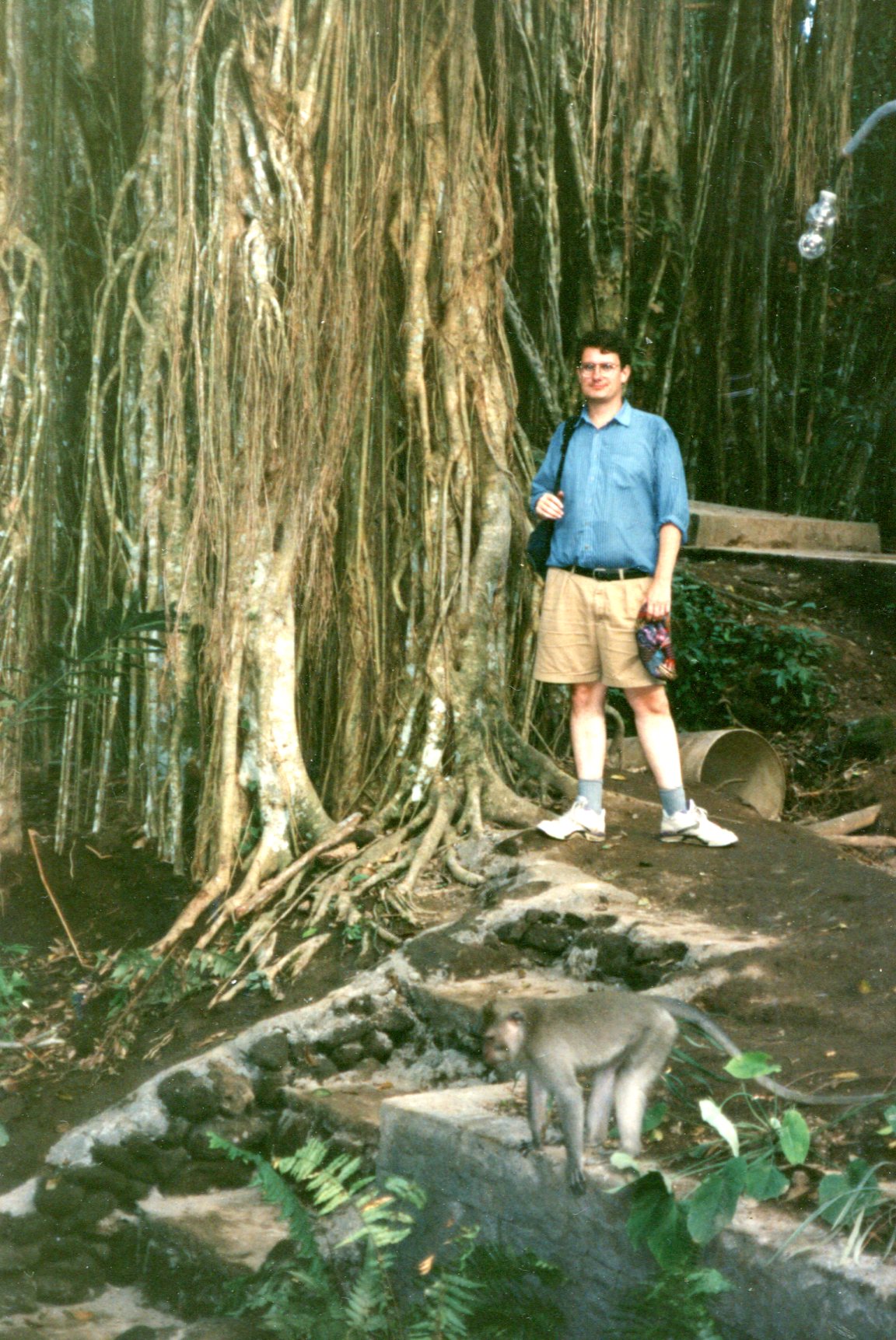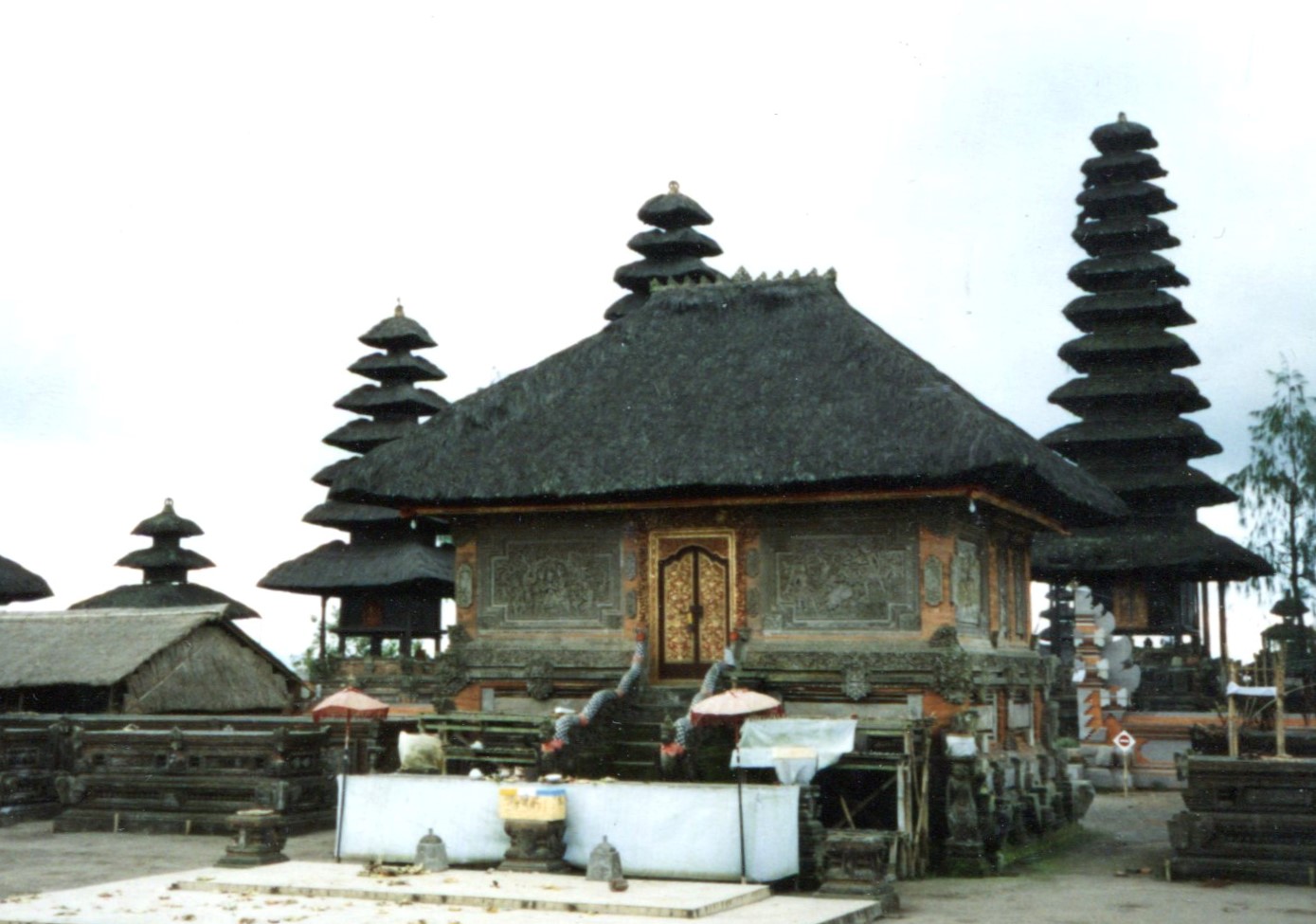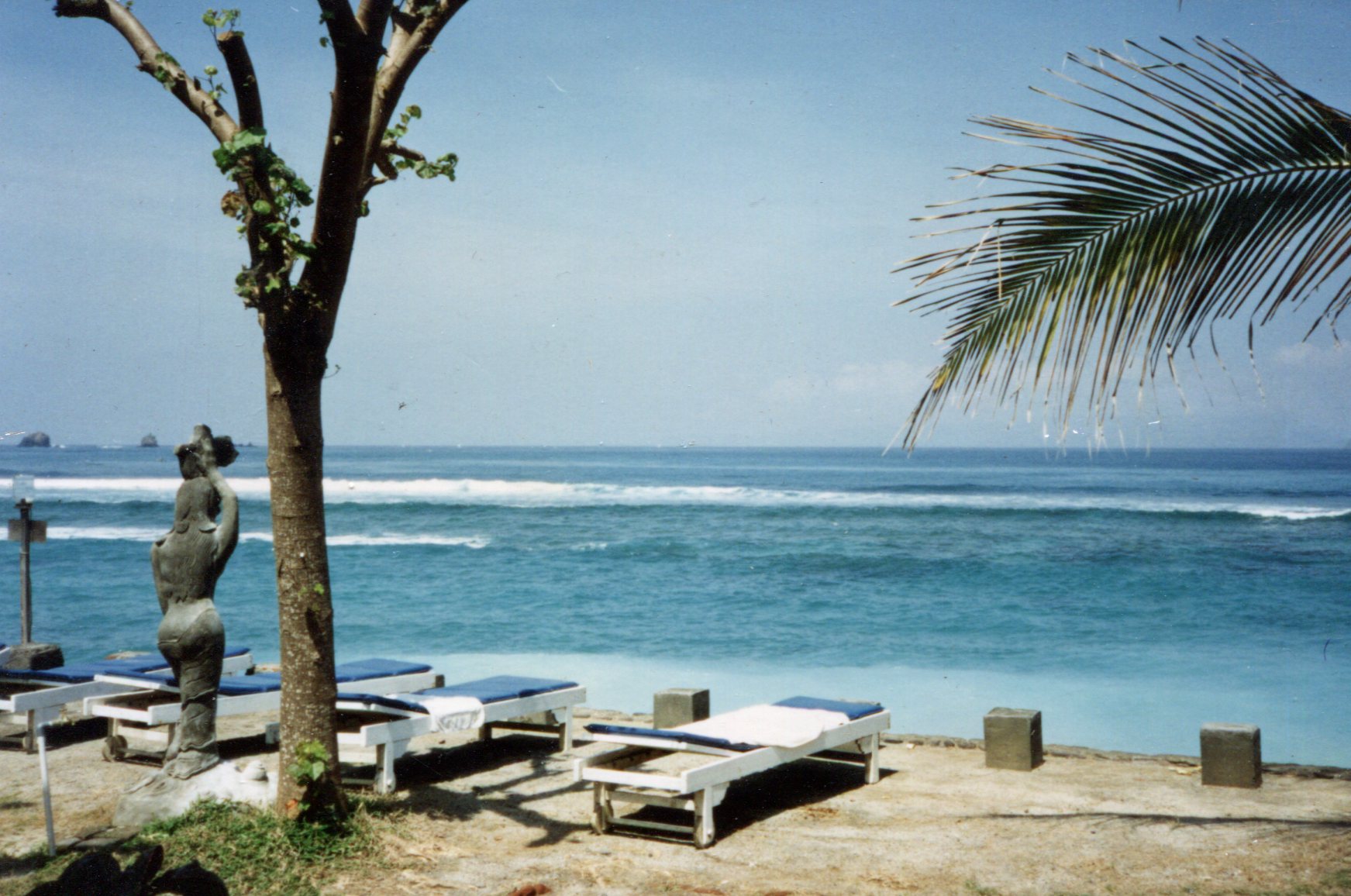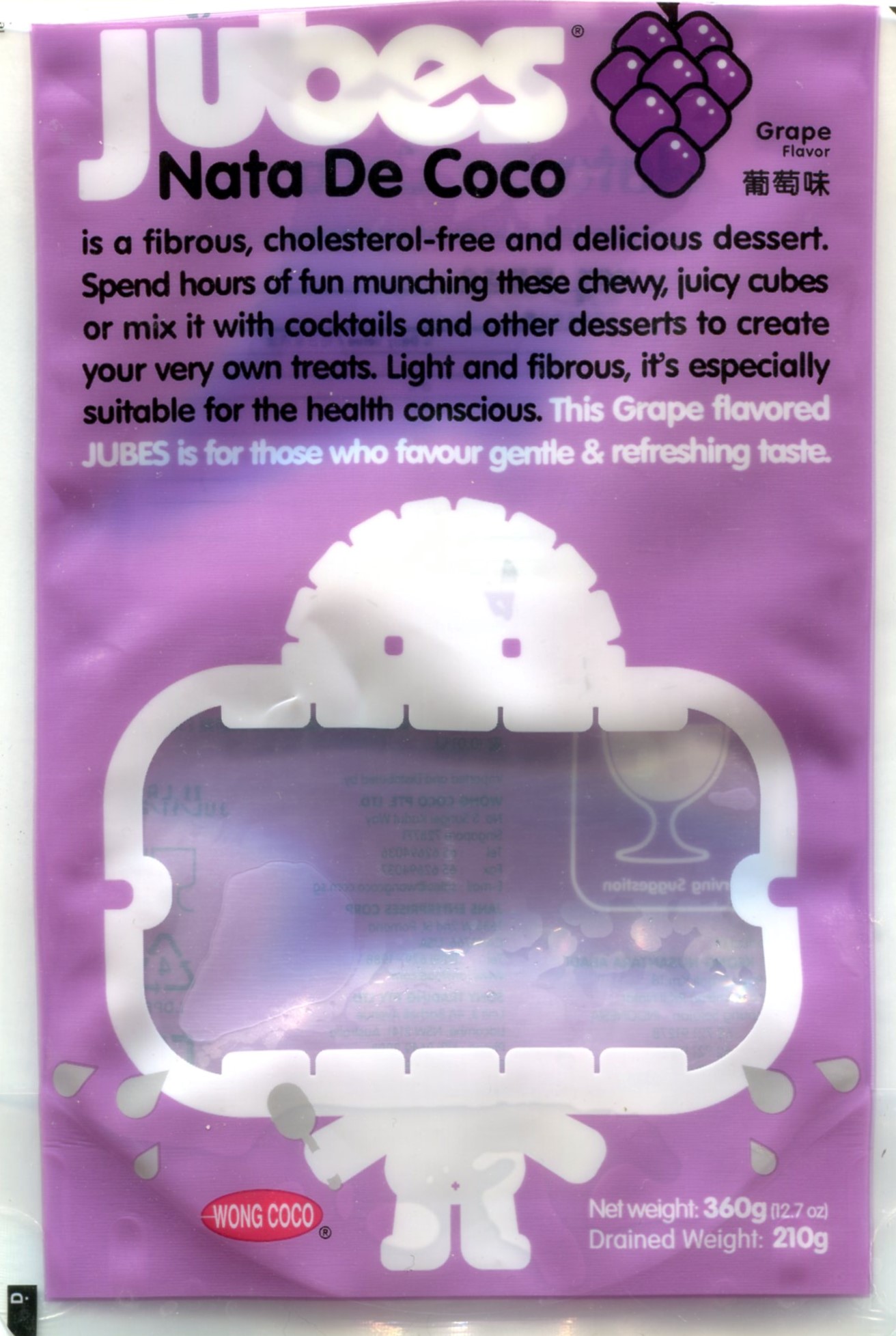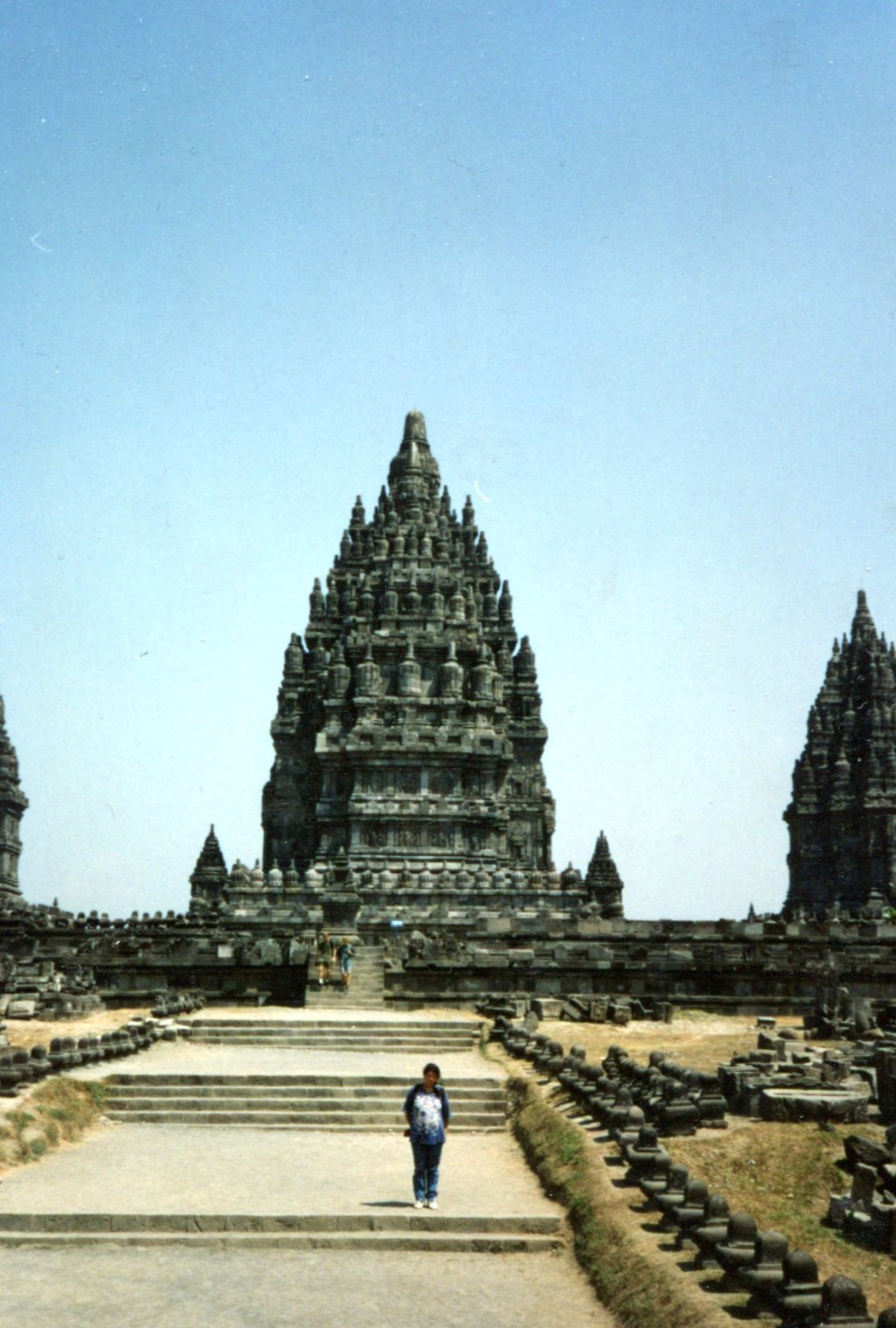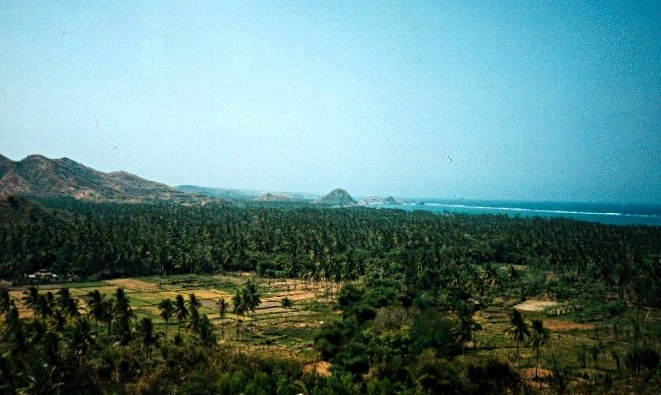Yogyakarta is a city on Java than few North Americans ever seem to have heard of. But I won’t use that as evidence of any egregious geographic ignorance on the part of Americans, though in fact we aren’t known for that kind of knowledge. After all, how many Javanese, do you suppose, have heard of Memphis, Indianapolis or Kansas City?
We went there in August 1994. One important reason for going to Yogyakarta was that Borobudur and Prambanan were located nearby; in fact, they were reason enough to go. But the town itself also featured some other sites of interest, such as the Kraton of Yogyakarta, a palace complex that also featured a museum, as well as some interesting ruins whose name escapes me, and a few other places in town.
One day we witnessed a large parade through the heart of town, or would have, had the authorities had any notion of keeping the street clear. As it was, the street filled completely with people, and the parade — a lot of men on horseback, as I recall — had to push its way through the throng. This got tiresome pretty fast, so we didn’t stay long.
Then there was the time we were walking down the curiously named Malioboro Street (Jalan Malioboro), which is a major shopping street, past a lot of shop stalls and booths. As I walked past one vendor, a man perhaps about my age at the time, said, “Keep smiling, friend. I kill you.” Maybe he was just tired of tourists, who so obviously could afford his wares, wandering by without buying anything. Or maybe his psychosis was deeper. We didn’t go that way again.
He was the only bit of hostility that we encountered, however fleeting. On the other end of the spectrum, a couple of teenaged Javanese girls buttonholed me on the street one afternoon, and wanted me to pose with them for a picture. Maybe I had novelty value. So I posed.
Another fragment of memory from Yogyakarta: sometime before dawn one morning, a rooster woke me up, because, cartoons notwithstanding, roosters crow whenever they feel like it. I lay awake for a while, and then off in the distance, I heard what must have been the pre-dawn call to prayers. Unfamiliar, mesmerizing, reminding me that I was somewhere else.
One evening, we had got a wonderful chance to enjoy Ramayana ballet at the Ramayana Open Theatre Prambanan.
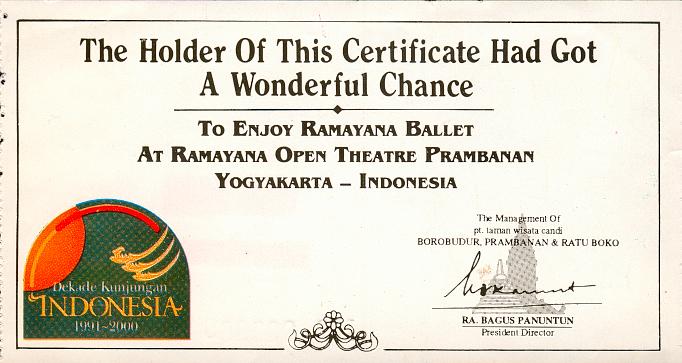 It’s something tourists do. Some people might sneer at that reflexively, but they’d be thoughtless. I’m glad that Ramayana ballet has some audience. I don’t, however, remember much about it now, except for a notion of colorful costumes and stylized movement.
It’s something tourists do. Some people might sneer at that reflexively, but they’d be thoughtless. I’m glad that Ramayana ballet has some audience. I don’t, however, remember much about it now, except for a notion of colorful costumes and stylized movement.

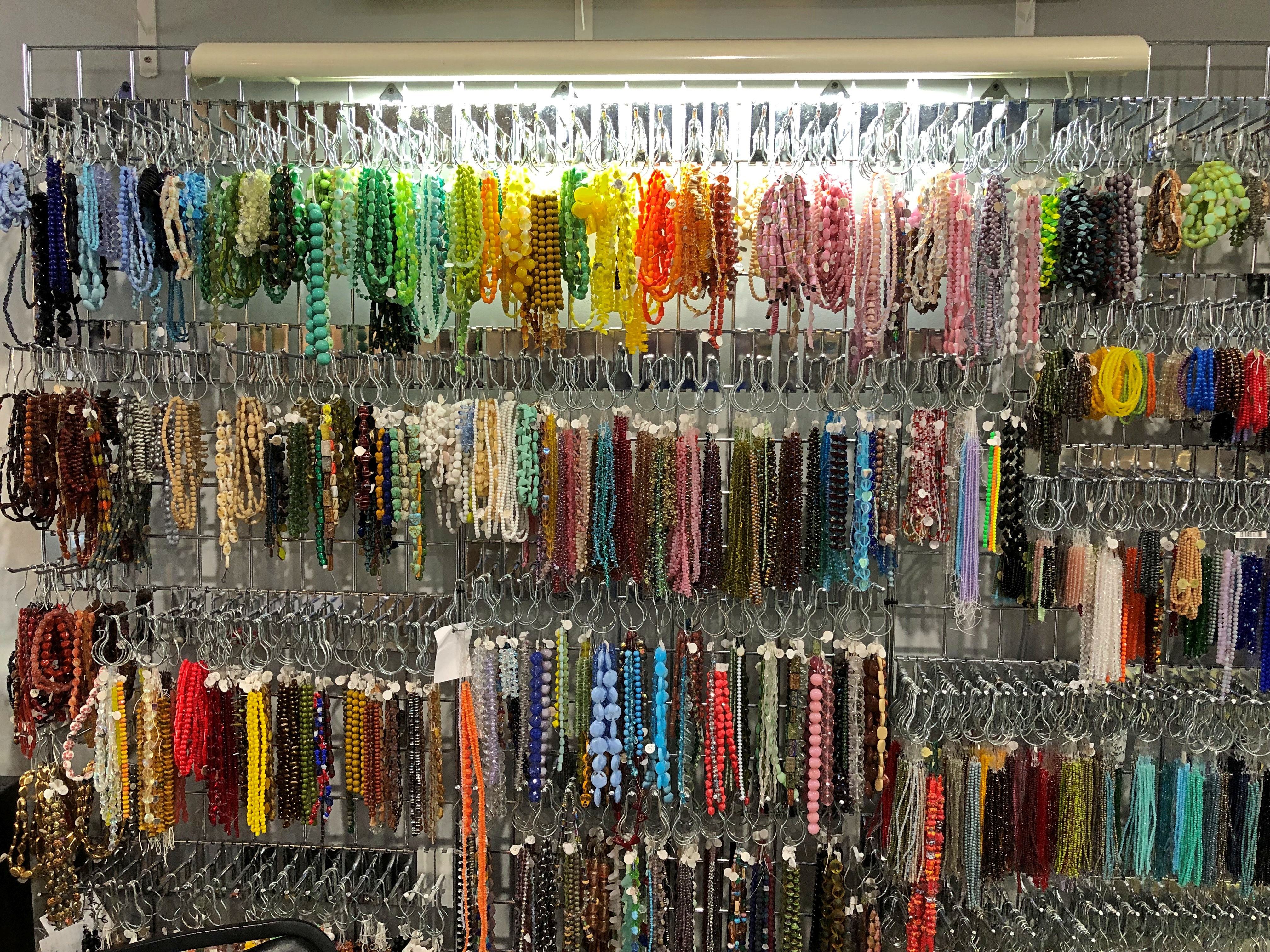


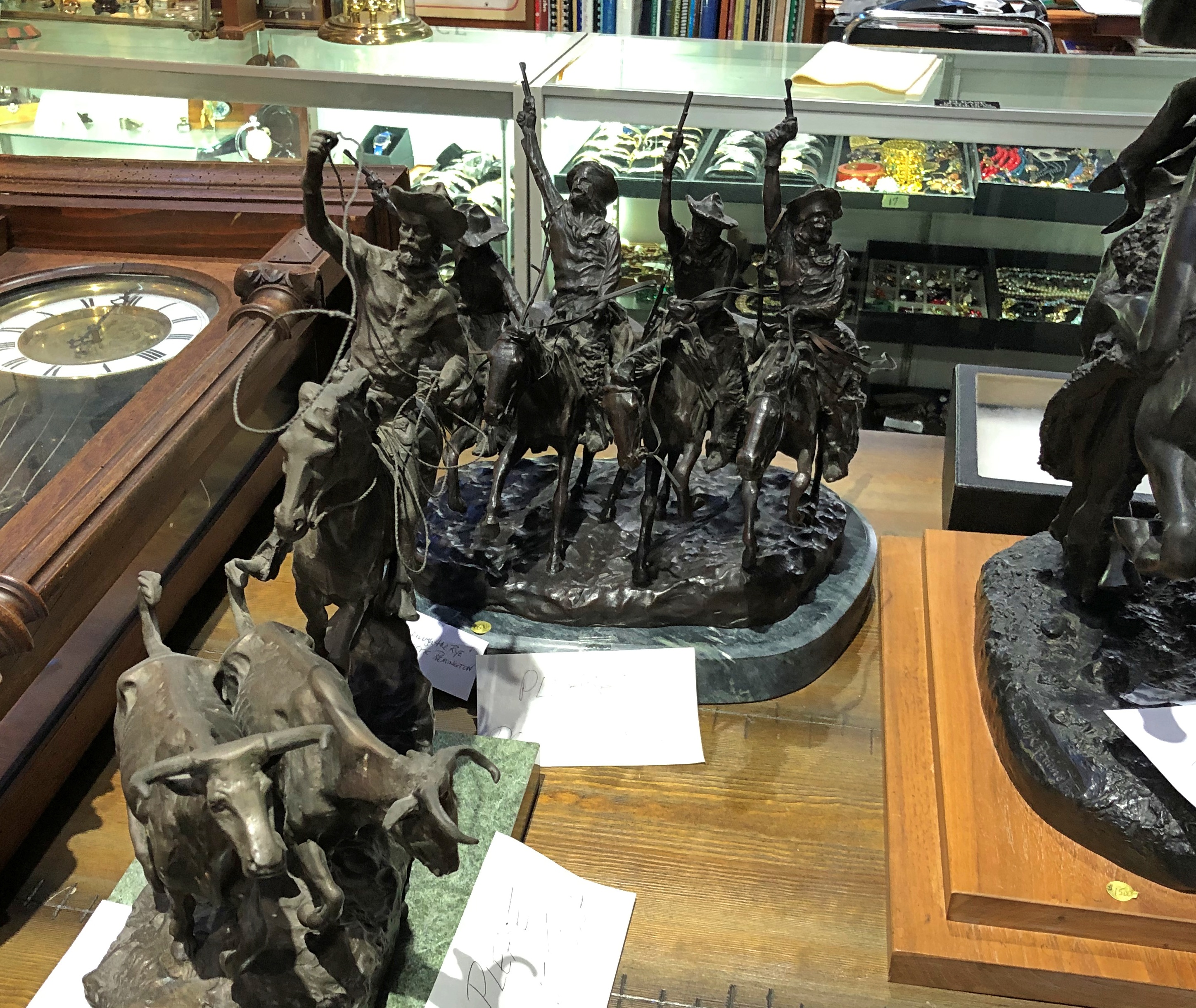
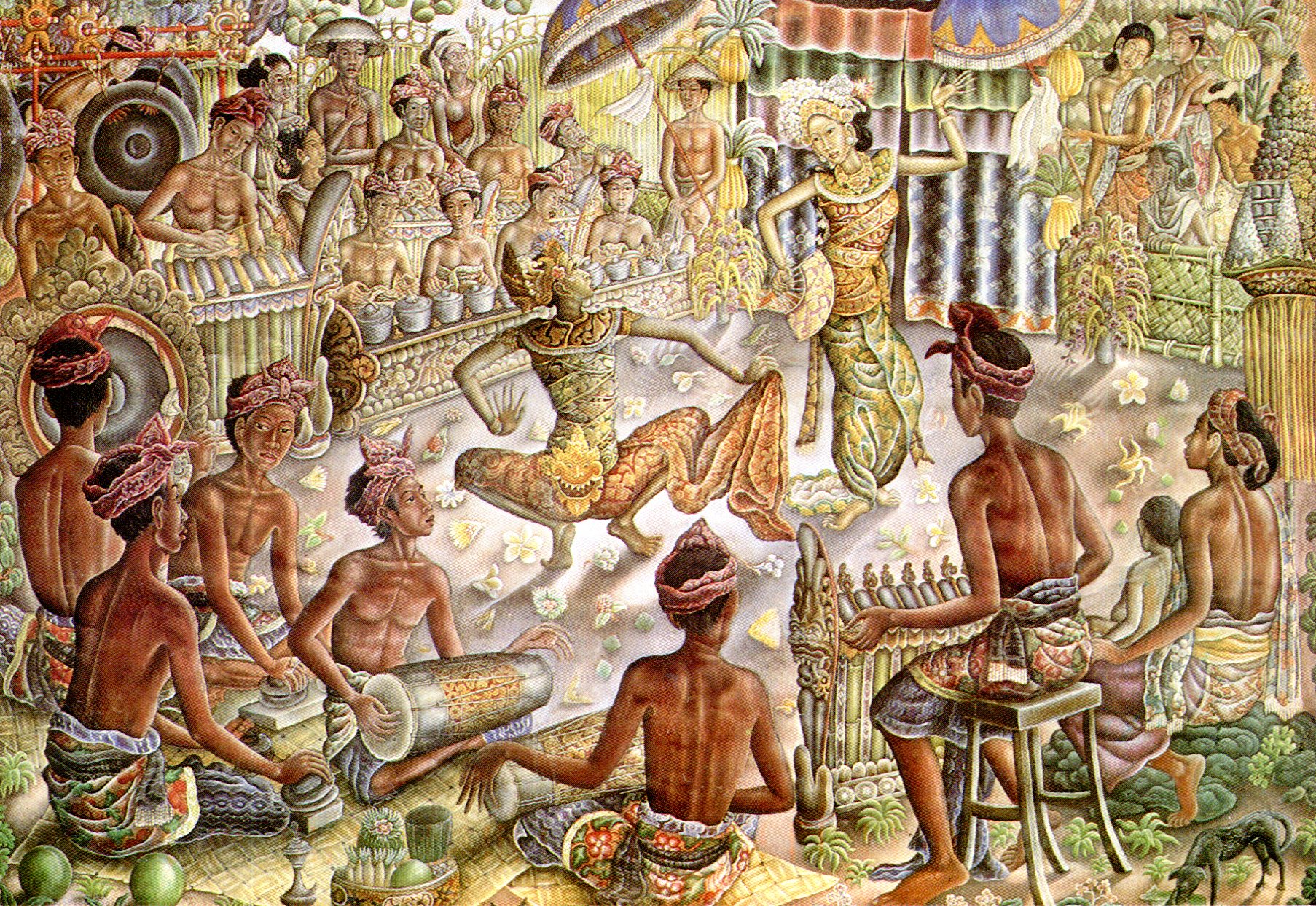 A lively, colorful work by
A lively, colorful work by  The Neka Museum in Ubud, now known as the
The Neka Museum in Ubud, now known as the 